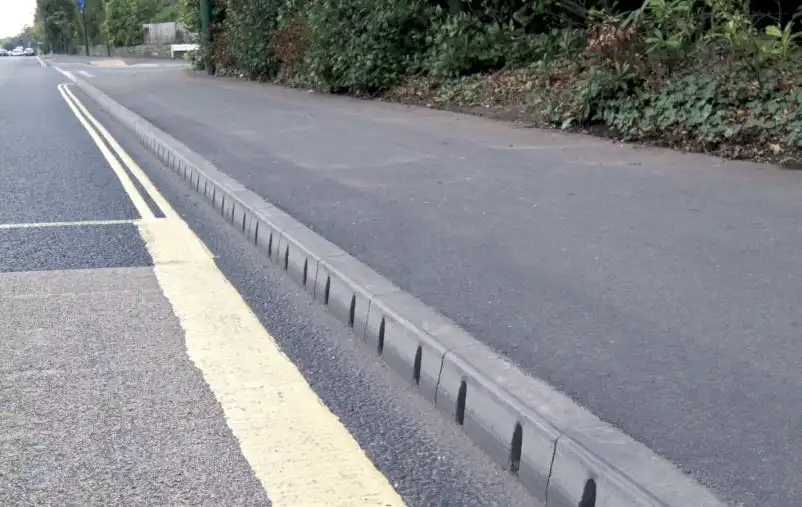A road gradient is a longitudinal slope provided to the formation level of a road along its alignment. “Gradient of Road is defined as the rate of rising or falls along the length of the road with respect to the horizontal alignment”. It is the verticality experienced during travel, spread over the Corresponding horizontal distance. Mostly the land topography is not straight, with a changing magnitude, it is quite common to have slopes. Constructing a road on such land can result in mishaps. With the help of road gradients, these elevation-changes are smoothened out. It is an essential component of constructing roads, as they govern every aspect of the connection between the flat segments of roads. They are the solutions to changes in elevation, adequate drainage, controlling costs of construction, and managing any public issues.However, improperly designed gradients can contribute to accidents, especially in steep areas or poorly maintained roads. If an accident occurs due to road conditions, consulting a car accident lawyer can help victims understand their legal rights and potential claims.”

Factors to Consider for Road Gradient
The type of road surface
Drainage required
Nature of the ground
Nature of the traffic
Safety Required
Road and railway interaction
Bridge Approaches
The total height to be covered
Different types of road gradients
Ruling gradient
The ruling gradient or the design gradient is the maximum gradient with which the designer attempts to design the vertical profile of the road. This depends on the terrain, length of the grade, speed, pulling power of the vehicle and the presence of the horizontal curve. In flatter terrain, it may be possible to provide flat gradients, but in hilly terrain it is not economical and sometimes not possible also. The ruling gradient is adopted by the designer by considering a particular speed as the design speed and for a design vehicle with standard dimensions.

Limiting gradient
This gradient is adopted when the ruling gradient results in enormous increase in cost of construction. On rolling terrain and hilly terrain it may be frequently necessary to adopt a limiting gradient. But the length of the limiting gradient stretches should be limited and must be sandwiched by either straight roads or easier grades.

Exceptional gradient
Exceptional gradients are very steeper gradients given at unavoidable situations. They should be limited for short stretches not exceeding about 100 metres at a stretch. In mountainous and steep terrain, successive exceptional gradients must be separated by a minimum 100 metre length gentler gradient.

Minimum gradient
Minimum gradient is used at locations where surface drainage is important. Camber will take care of the lateral drainage. But the longitudinal drainage along the side drains require some slope for smooth flow of water. Therefore minimum gradient is provided for drainage purposes and it depends on the rain fall, type of soil and other site conditions. A minimum of 1 in 500 may be sufficient for concrete drain and 1 in 200 for open soil drains are found to give satisfactory performance..

Average gradient
It is the ratio of total rise or fall to the horizontal distance between any two points along the alignment of the road.

Floating gradient
The gradient on which a motor vehicle moving with a constant speed continues to descend with the same speed without any application of power brakes is called floating gradient.

Understanding road gradients is key for safe driving. No matter the slope, driving becomes much easier with the right vehicle. Take advantage of premium SUV rental deals to ensure a smooth and comfortable ride on any road.
Conclusion
Before finalizing the gradients, the construction cost, vehicular operation cost, and the practical problems in the site also have to be considered. Usually, steep gradients are avoided as far as possible because of the difficulty to climb and the increase in the construction cost. However, 1 win might be achieved by carefully assessing the site’s requirements and constraints.

